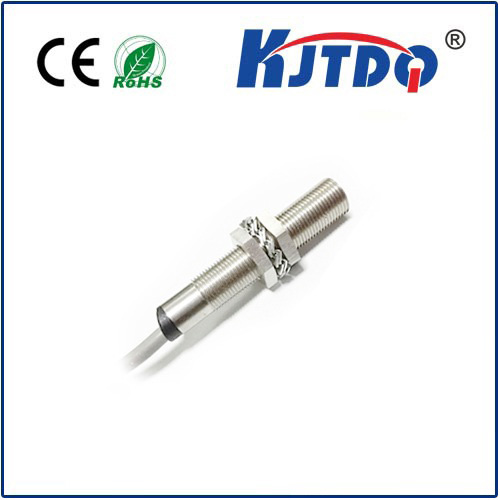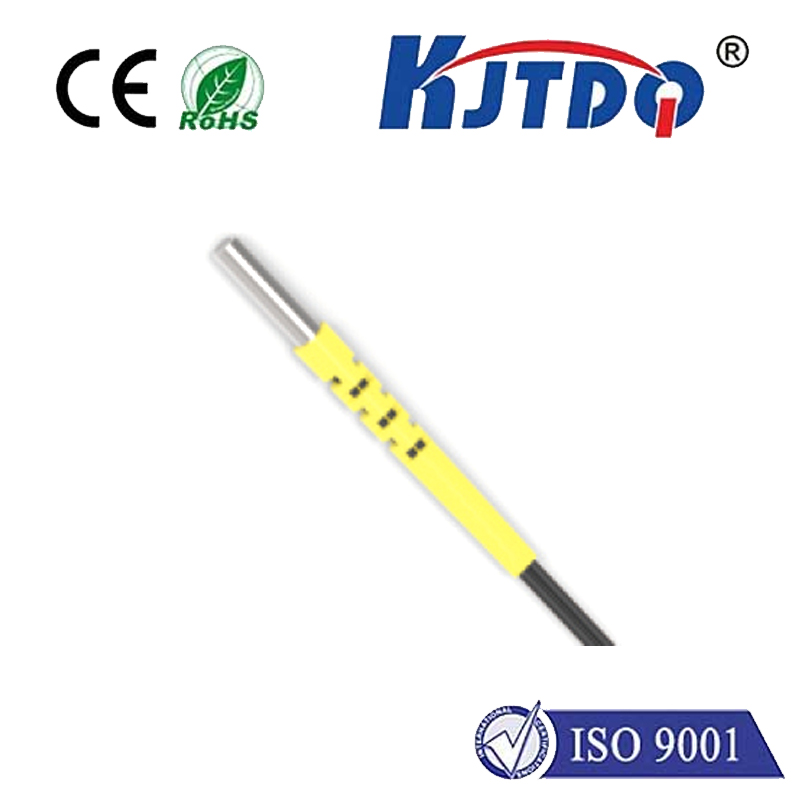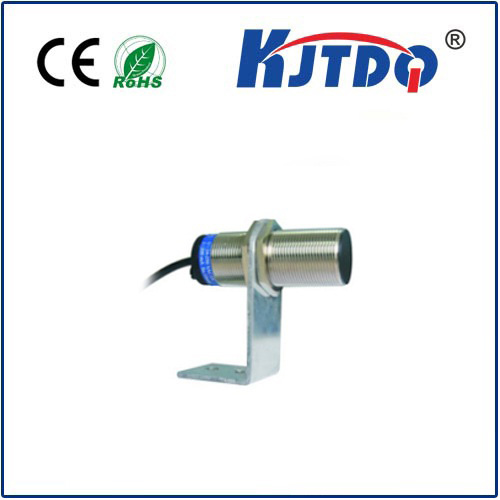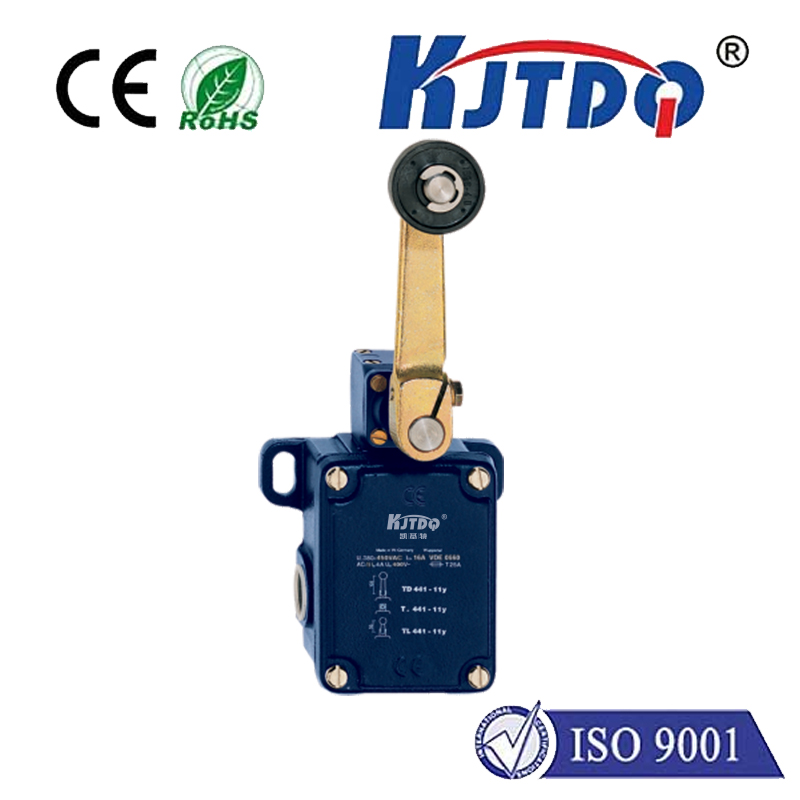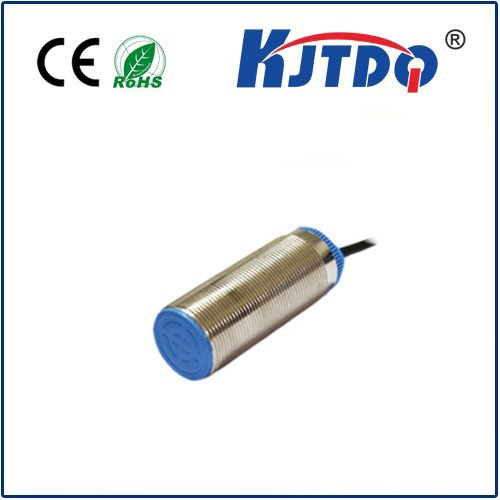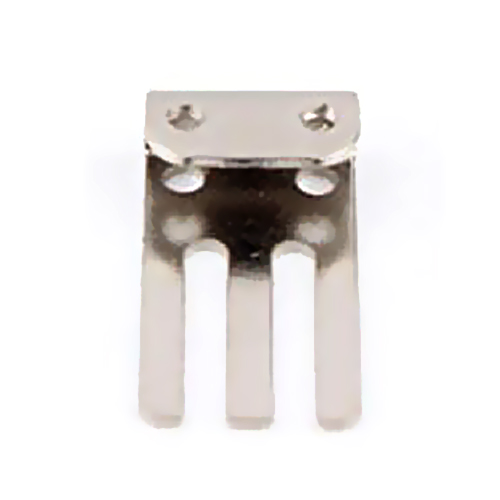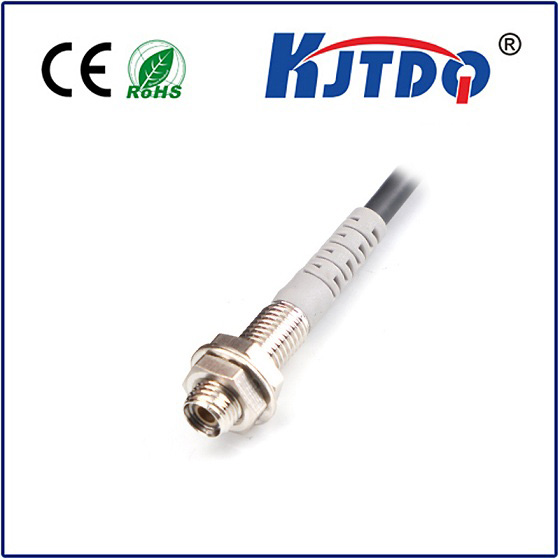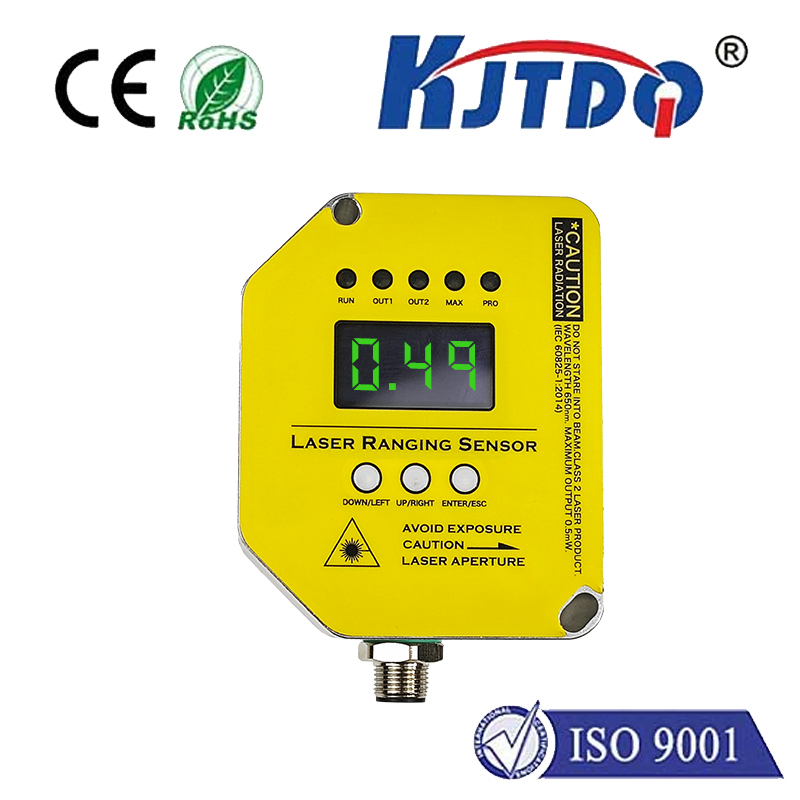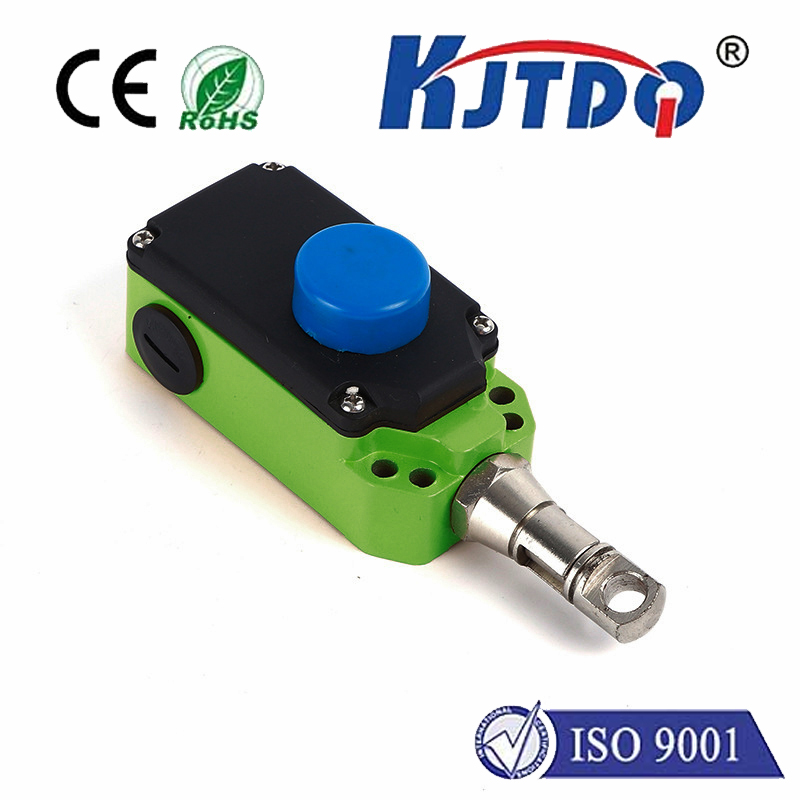BES01Y6 high pressure proximity sensor
- time:2025-10-14 00:05:07
- Click:0
The BES01Y6 High Pressure Proximity Sensor: Reliability in Demanding Industrial Environments
Imagine a critical piece of high-pressure hydraulic machinery. A sudden leak or pressure surge could lead to catastrophic failure, costly downtime, and significant safety hazards. Monitoring proximity in such environments isn’t just about convenience; it’s essential for operational integrity and personnel safety. Enter sensors like the BES01Y6 High Pressure Proximity Sensor, specifically engineered to deliver unwavering performance where pressure tolerance is non-negotiable. This specialized sensor is a linchpin in scenarios where standard proximity sensors would simply falter.
Understanding the Core Technology: Inductive Proximity Sensing
At its heart, the BES01Y6 functions on the well-established principle of inductive proximity sensing. It generates an electromagnetic field using an internal coil. When a metallic target (like a piston rod, valve stem, or machine part) enters this field, eddy currents are induced in the target. These eddy currents cause a measurable change in the sensor’s internal oscillation amplitude. Sophisticated circuitry within the BES01Y6 detects this change and triggers its output signal (typically a solid-state switch, PNP or NPN). Crucially, this detection happens without physical contact, eliminating wear and tear and enabling high-speed operation.
Why “High Pressure” Matters: The BES01Y6’s Defining Characteristic

The designation “High Pressure” sets the BES01Y6 apart. Standard inductive sensors are designed for typical factory environments, not the intense pressures found within hydraulic systems, die-casting machines, injection molding presses, or certain subsea equipment. The BES01Y6 undergoes specific design enhancements:
- Robust Construction: Its housing is built using high-grade, pressure-resistant materials, often featuring specific sealing geometries and potent encapsulation materials. This prevents internal components from being crushed or deformed by external pressure.
- Advanced Sealing: Achieving exceptional ingress protection (typically IP67 and often IP69K) is fundamental. The BES01Y6 employs specialized seals and sealing techniques capable of maintaining integrity even under sustained high-pressure sprays or submersion at depth, preventing fluid ingress that could short-circuit electronics or compromise sensing.
- Pressure-Tolerant Design: Internal structural elements are optimized to withstand significant pressure differentials across the sensor body without buckling or leaking.
Where the BES01Y6 Excels: Key Industrial Applications
The unique capabilities of the BES01Y6 proximity sensor make it indispensable in sectors where pressure and reliability collide:
- Hydraulic Systems: Monitoring cylinder piston position, detecting valve spool movement, confirming clamp positions – all within high-pressure hydraulic lines where leaks or pressure fluctuations are constant risks. Its non-contact sensing is vital here.
- Plastics & Rubber Machinery: Injection molding machines and extruders operate under immense pressure. The BES01Y6 reliably detects mold closing positions, ejector plate movements, or screw positions, ensuring precise process control and safety interlocks.
- Die Casting: Extreme pressures are routine. BES01Y6 sensors track plunger positions, detect ladle tilting, and verify mold locking, contributing to process consistency and machine protection. Durability is paramount in this harsh environment.
- Heavy Machinery (Construction, Mining): Monitoring boom positions, bucket angles, or implement status on equipment exposed to high-pressure hydraulics and demanding environmental conditions.
- Machine Tools: Used for tool changer position verification, workpiece clamping confirmation, or guarding applications, especially where high-pressure coolant systems are employed.
- Marine & Offshore: Certain subsea applications or pressurized systems onboard vessels benefit from sensors like the BES01Y6 capable of handling depth-related pressure.
Beyond Pressure: Other Critical Features for Industrial Reliability
While high-pressure tolerance is its hallmark, the BES01Y6 incorporates features essential for robust industrial performance:
- Extended Temperature Range: Often rated for operation from -25°C to +85°C or wider, ensuring functionality in foundries, cold storage, or outdoor settings. Temperature resilience complements its pressure rating.
- Immunity to Interference: Shielding and optimized circuitry provide resistance to electromagnetic interference (EMI) and voltage spikes common in electrically noisy industrial environments.
- Long Sensing Distances: While dependent on the specific variant (e.g., M8, M12, M18, M30), BES01Y6 sensors offer competitive sensing ranges suitable for various installation needs.
- Varied Output Options & Wiring: Available in Normally Open (NO), Normally Closed (NC), PNP, and NPN configurations with different connection types (cable, connector) for seamless integration into diverse control systems.
Selecting and Specifying the Right BES01Y6 Sensor
Choosing the optimal BES01Y6 high pressure proximity sensor requires careful consideration:
- Operational Pressure Range: Clearly define the maximum pressure the sensor will be exposed to, including potential surges. Verify the sensor’s rating exceeds this.
- Required Sensing Distance: Match the sensor’s nominal sensing distance (Sn) to the application’s gap requirement, factoring in a safety margin.
- Target Material: Standard inductive sensors detect ferrous metals best. If sensing non-ferrous metals (e.g., aluminum, brass) is needed, confirm the BES01Y6 variant’s reduced sensing range is acceptable.
- Electrical Requirements: Select the correct voltage supply (DC or AC), output type (PNP/NPN, NO/NC), and wiring connection for your control system.
- Housing Size & Thread: Common barrel sizes like M8, M12, M18, or M30. Choose based on available mounting space.
- Environmental Factors: Beyond pressure, consider ambient temperature, potential chemical exposure (requiring specific housing materials like V4A stainless steel), and required IP rating (IP67 minimum, IP69K for high-pressure washdown).
- Certifications: Check for necessary approvals (e.g., CE, UL, ATEX for hazardous areas) relevant to your industry and region.
In the relentless world of industrial automation and fluid power, components must perform flawlessly under duress. The BES01Y6 High Pressure Proximity Sensor epitomizes this requirement. By seamlessly integrating reliable, non-contact inductive detection with exceptional pressure tolerance and robust environmental sealing, it provides a critical sensing solution where failure is not an option. From preventing hydraulic disasters to ensuring the precision of a million injection molding cycles, the BES01Y6 stands as a testament to engineering tailored for the most demanding conditions, safeguarding processes, equipment, and personnel. When proximity detection meets high pressure, the BES01Y6 is engineered to deliver uncompromising performance.






